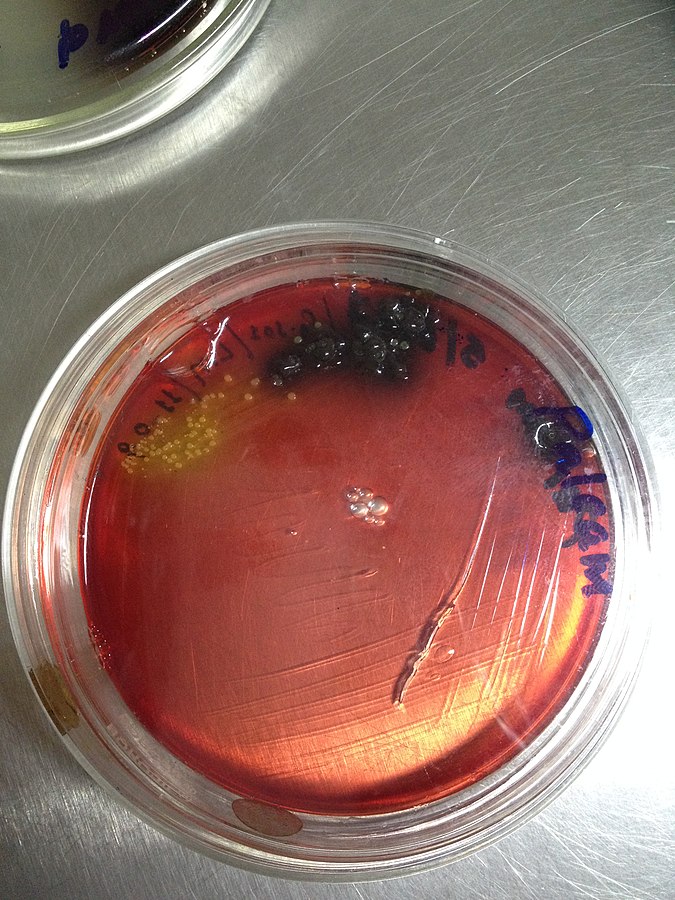
Keeping the food supply safe is a major undertaking of modern societies. Considering all the chemical, physical, and biological hazards associated with food products, this task is truly Herculean. The Canadian Food Inspection Agency (CFIA) is responsible for ensuring that the foods produced in Canada, or imported into Canada, are safe for consumption. In relation to the biological hazards linked to food, the CFIA routinely monitors the presence of high-risk bacterial pathogens, including Listeria monocytogenes.
L. monocytogenes is an important bacterial pathogen that causes listeriosis. Listeriosis is an infectious disease that can manifest as a febrile gastroenteritis with moderate to mild symptoms, or as a potentially fatal systemic infection, particularly severe in the elderly and in the babies of pregnant women. Outbreaks of listeriosis most often result from the consumption of contaminated ready-to-eat meat products and dairy products, which are thus considered of high risk. The detection and enumeration of L. monocytogenes cells in high-risk food products is, therefore, a food safety priority.
The most common methods to enumerate bacterial pathogens for regulatory purposes are culture-based. Culture methods rely on the ability of the target pathogen to grow in selective culture agar, which contains compounds intended to inhibit the growth of other bacteria that might be present in food. One problem with culture methods, however, is the potential of false-negative results due to the presence of stressed bacterial cells.
Food processing procedures and food storage methods, intended to kill or reduce the numbers of food-spoiling and pathogenic bacteria, are not always 100% efficient, and could leave behind a number of stressed bacterial cells that, in spite of being alive, will not (by definition) grow on selective agars, making them undetectable by culture. These stressed bacterial pathogens are still dangerous because when allowed to recover, they would be quite capable of causing disease.
The research done at the Dartmouth Laboratory of the CFIA addressed this problem by modifying the official Canadian regulatory method to enumerate L. monocytogenes so that any stressed cells present in the tested food products are allowed to recover BEFORE being exposed to the growth-inhibitory components of selective media. Recovered stressed cells would be able to grow in selective media, thereby reducing the risks of false negative results.
The process that allows stressed cells to recover is a simple old microbiological trick originally reported by the research group of Dr. D.Y.C. Fung at Kansas State University. It consists of adding a layer of non-selective agar on top of the selective agar used to detect the target pathogen.
The CFIA research showed that the thin-agar-layer method works well in the analysis of a variety of frozen food products containing different proportions of L. monocytogenes stressed cells. The modified method would not underestimate the total number of live L. monocytogenes cells present in frozen products and therefore would reduce the risk of consumers being exposed to food products falsely regarded as safe.
These findings are described in the article entitled “Improved Recovery of Stressed Listeria monocytogenes from Frozen Foods,” recently published in the journal Food Analytical Methods. This work was conducted by Julie McLennon, Antonela Borza, Mikaela Eisebraun, and Rafael A. Garduño from the Canadian Food Inspection Agency-Dartmouth Laboratory, Microbiology Research Section.









